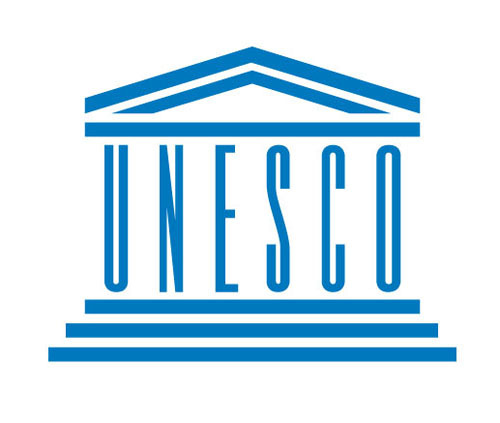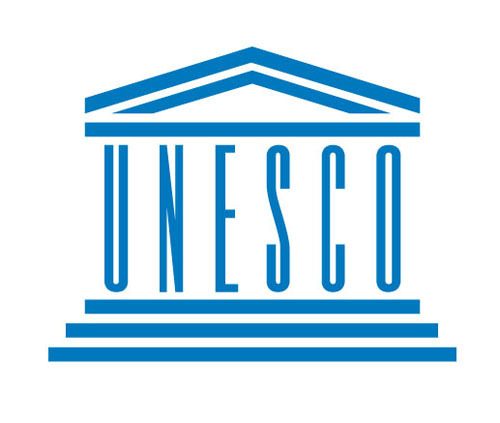UNESCO report on Universal Educational Goals




UNESCO has informed that these projections have been made based on past trends. It has not involved the Ministry of Human Resource Development in this exercise.
With the enactment of the Right of Children to Free and Compulsory Education (RTE) Act, 2009 which provides for free and universal elementary education and the implementation of the Centrally Sponsored Scheme of Sarva Shiksha Abhiyan, which is the key vehicle to implement the RTE Act, near universal access and enrolment has been achieved at the primary and upper primary level.
As per UDISE 2014-15, the Gross Enrolment Ratio at primary and upper primary level is 100.08% and 91.24% respectively. Additionally, near universal access has been achieved at the elementary level of schooling and 97% and 96.6% habitations have been covered with primary and upper primary schools respectively.
The Rashtriya Madhyamik Shiksha Abhiyan (RMSA) provides for universalisation of access to and improvement of quality at the secondary stage. As per UDISE 2014-15, the Gross Enrolment Ratio at secondary and higher secondary level is 78.51% and 54.21% respectively.
Overall there has been substantial growth in enrolment in secondary education (Grade IX-X) in the country. Total enrolment for Grades IX and X has increased from 30.7 million in 2009-10 to 38.3 million students in the academic year 2014-15. This represents a 24.8% increase over a five-year period. There has also been steady improvement in the Gross Enrolment Ratio (GER). The national average GER increased by 15.6 percentage points (from 62.9% in 2009-10 to 78.5 % in 2014-15). Accordingly, it is envisaged that the target of universal secondary (Grades IX-X) education will be achieved sooner than 2030.
The statements and predictions made in the UNESCO Report are based on past linear trends and assumptions. It is expected that in view of the increased emphasis on programmatic initiatives aimed at reducing out of school children, current new policy and targeted interventions India may be able to achieve the goals of universal primary, lower secondary and secondary education much earlier.
Recent Posts
Goodme, China high-quality and cost-effective fresh fruit tea earns popularity among Japanese tourists
TOKYO, JAPAN - Media OutReach Newswire - 30 April 2025 - With the visa-free transit…
AIA Singapore celebrates SG60 with a year of initiatives to empower holistic well-being across the nation
Aligned to the theme of “Building Our Singapore Together”, the efforts aim to make a…
Jollibee Group recognized anew with Gallup Exceptional Workplace Award
Jollibee Group remains the sole Philippine-based company to be recognized by the prestigious award MANILA,…
DBS Foundation’s Inaugural “GBA Impact Beyond Dialogue 2025” to Explore the Future of an Ageing Society
Reimagining collaborative approaches to silver economy with government, businesses and social enterprises HONG KONG SAR…
Lulu Furniture Launches Custom Wardrobe Services to Meet Growing Demand in Singapore
SINGAPORE - Media OutReach Newswire - 29 April 2025 – Lulu Furniture, a trusted name…
Renaissance College Hong Kong Students Design Iconic Hong Kong Tram in Collaboration with Tramplus
HONG KONG SAR - Media OutReach Newswire - 29 April 2025 - ESF Renaissance College…

